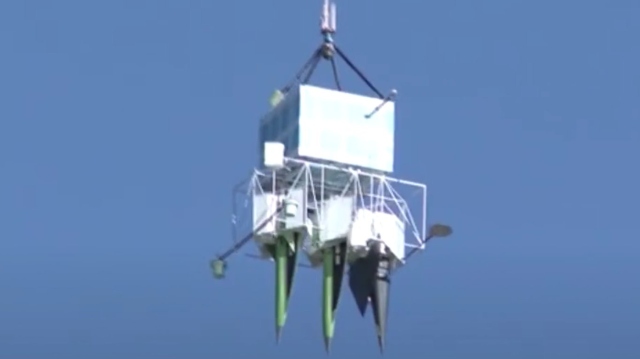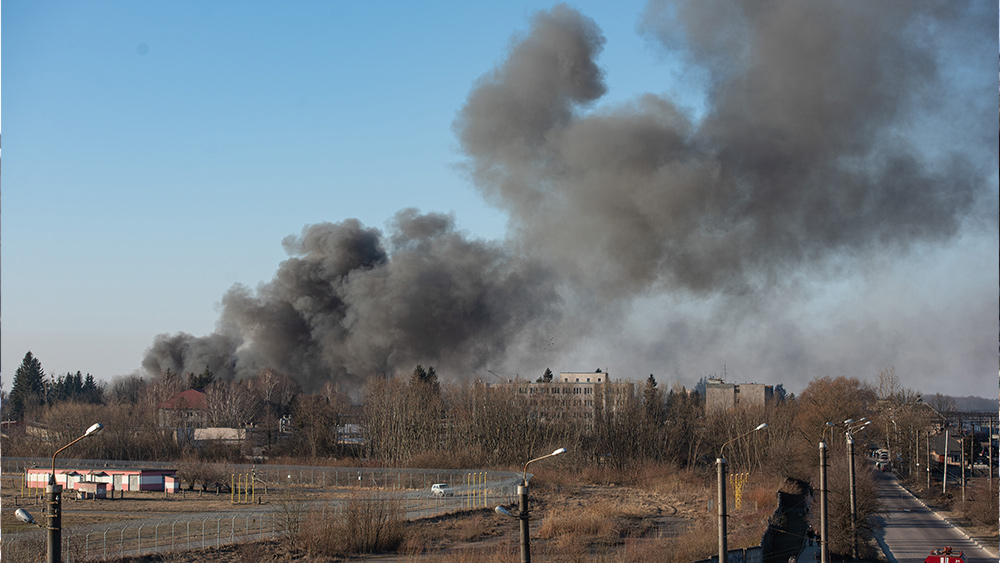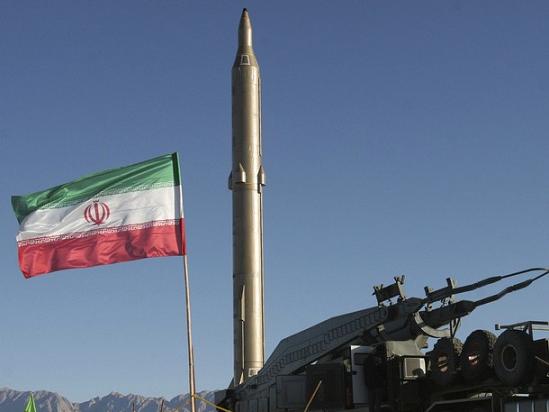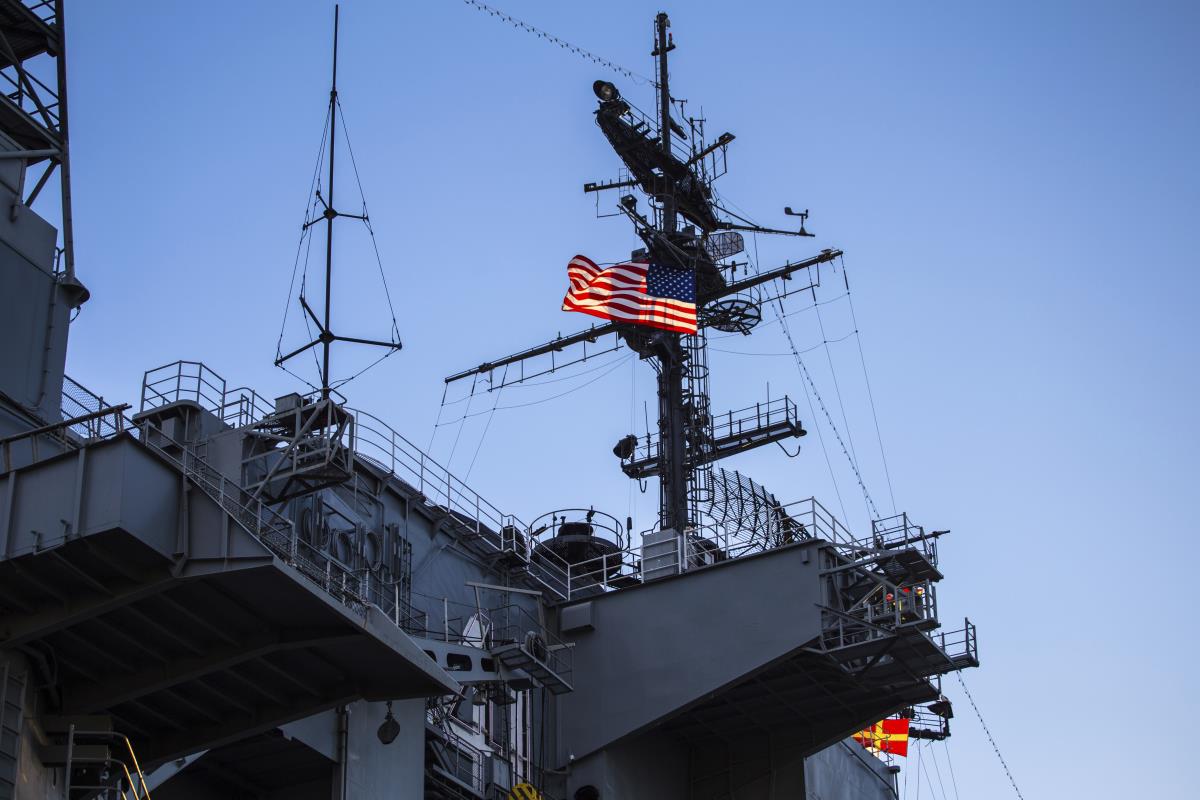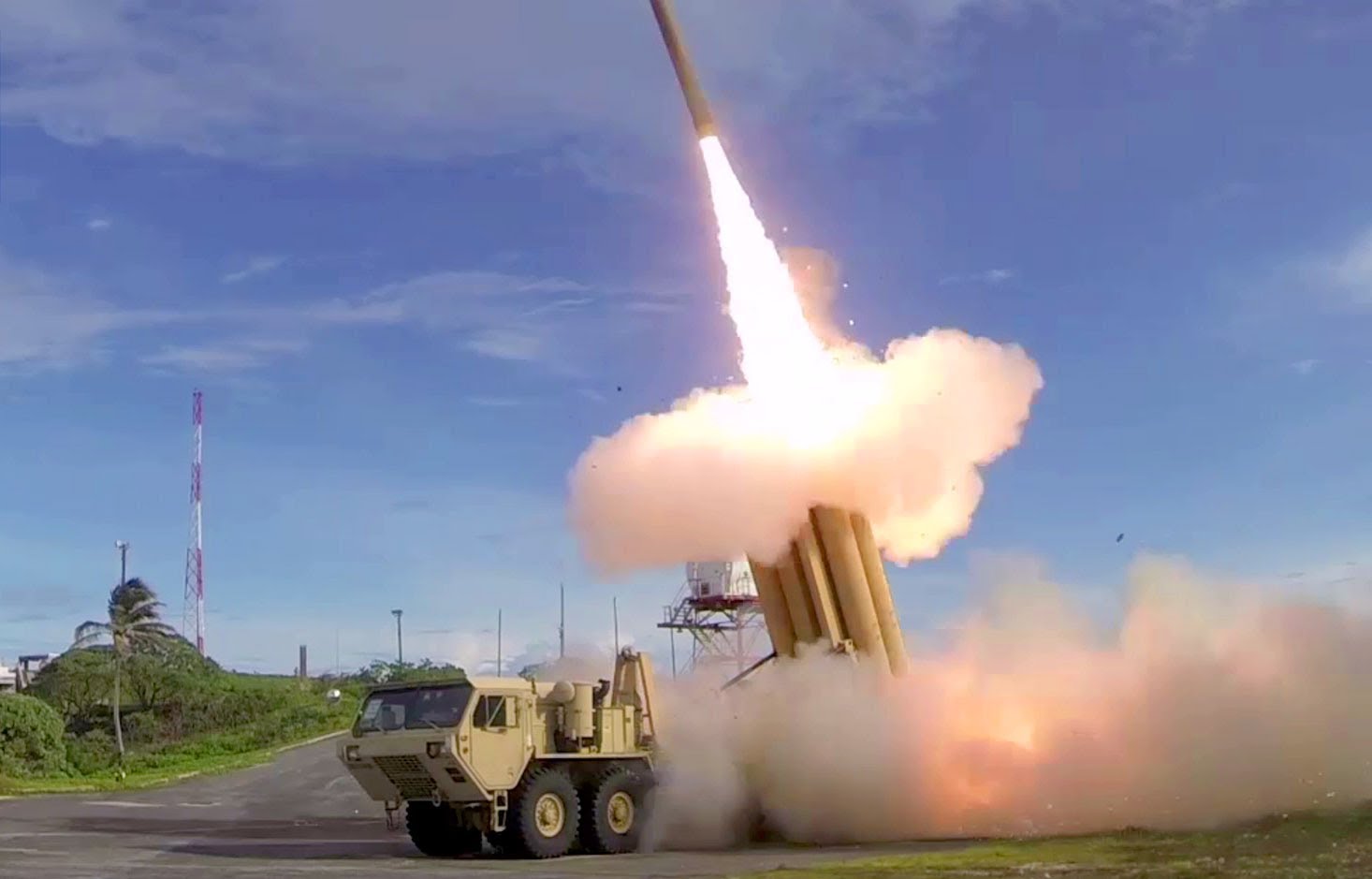U.S. Navy destroyer downs drone launched from Yemen
12/04/2023 / By Richard Brown
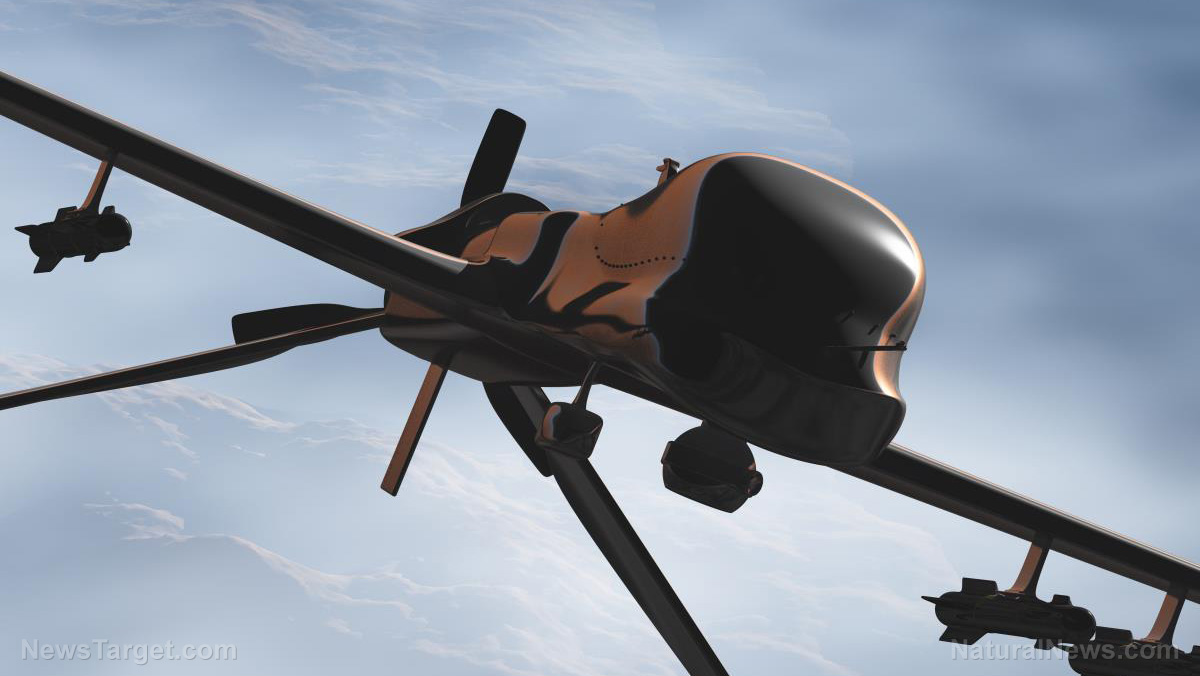
The USS Carney, a U.S. Navy destroyer, intercepted and downed a drone originating from Yemen last week, marking another episode in a series of provocations posed by Iranian-backed Houthi rebels.
The incident unfolded in the southern Red Sea as the Carney escorted the USNS Supply, a military sealift command fast combat supply ship, and another U.S. flagged ship carrying crucial military equipment to the volatile region.
The drone in question, identified as an Iranian-made KAS-04, was launched from a Houthi-controlled area of Yemen. Its trajectory ominously aimed toward the USS Carney, prompting swift and decisive action by the U.S. military.
Fortunately, the interception was successful, and the incident concluded without any reported injuries to U.S. personnel or damages to the involved vessels.
This maritime drama follows closely on the heels of another unnerving incident, where an Iranian drone encroached within 1,500 yards (1,370 meters) of the USS Dwight D. Eisenhower aircraft carrier. (Related: Repeated attacks by Iranian-backed militants on U.S. troops in the Middle East increase tension between Washington and Tehran.)
The carrier, engaged in flight operations in international waters, faced a breach of safety precautions as the drone defied the prescribed distance of more than 10 nautical miles (18.5 kilometers).
Despite receiving multiple warnings, the drone persisted before eventually altering its course.
Navy Vice Adm. Brad Cooper, the commander of U.S. Naval Forces Central Command, condemned the “unsafe, unprofessional, and irresponsible behavior” exhibited by Iran, emphasizing the immediate need for such actions to cease.
Iranian state television aired footage captured by the drone as it trailed the USS Dwight D. Eisenhower. The footage not only showcased the carrier but also included data hinting at the drone’s presence in the narrow confines of the Strait of Hormuz, a strategic passage in the Persian Gulf.
The carrier’s deck, adorned with aircraft, served as a backdrop to this alarming display of surveillance.
Iranian drone activity has become increasingly common when American aircraft carriers navigate the Gulf, raising concerns about the potential for escalating tensions in the region.
Not an isolated incident
This incident with the USS Carney is not an isolated occurrence. Earlier in November, the USS Thomas Hudner, another Navy destroyer, found itself in a similar predicament.
Positioned in the southern Red Sea near the Bab el-Mandeb Strait, the USS Thomas Hudner successfully intercepted and downed a drone that was advancing towards the ship.
These repeated confrontations underscore the challenging maritime environment and the persistent threats faced by U.S. naval assets operating in this strategically critical region.
The significance of the Red Sea, stretching from the Suez Canal in Egypt to the narrow Bab el-Mandeb Strait that separates the Arabian Peninsula from Africa, cannot be overstated.
This waterway serves as a vital trade route for global shipping and energy supplies. Against the backdrop of heightened tensions in the region sparked by the Israel-Hamas conflict since October 7, the U.S. Navy has strategically positioned multiple ships in the Red Sea.
The presence of these naval assets underscores the commitment to safeguarding the free flow of maritime commerce and addressing emerging security challenges.
Last October, the US military intercepted three one-way attack drones targeting U.S. forces in Iraq amid protests against the war in Gaza at American embassies in several Middle Eastern countries.
In western Iraq, two drones were intercepted, with one being destroyed and the other sustaining damage. This incident resulted in minor injuries to coalition forces, as outlined in a statement by US Central Command.
Additionally, a separate attack in northern Iraq involved a single drone, which was successfully destroyed, causing no injuries or damage.
The responsible party behind the drone launches remains unclear at this point.
However, such attacks are commonly attributed to Iran or Iranian-backed militias operating in the region.
Watch this video as Gen. Jack Keane calls Pentagon’s reaction to attacks by Iran as “ludicrous.”
This video is from the NewsClips channel on Brighteon.com.
More related stories:
US launches retaliatory strikes against Iranian proxy forces in Syria.
US launches airstrike in Syria in response to attacks by Iranian-backed militants.
Iranian Foreign Minister warns U.S. “will not be spared” if the Israel-Hamas war escalates.
Sources include:
Submit a correction >>
Tagged Under:
airstrikes, big government, chaos, conflict, dangerous, Department of Defense, drones, Houthi, Iran, Israel-Palestine war, Middle East, militants, military tech, national security, Pentagon, self-defense, United States, weapons technology, World War III, Yemen
This article may contain statements that reflect the opinion of the author
RECENT NEWS & ARTICLES
COPYRIGHT © 2018 MILITARYTECHNOLOGY.NEWS
All content posted on this site is protected under Free Speech. MilitaryTechnology.news is not responsible for content written by contributing authors. The information on this site is provided for educational and entertainment purposes only. It is not intended as a substitute for professional advice of any kind. MilitaryTechnology.news assumes no responsibility for the use or misuse of this material. All trademarks, registered trademarks and service marks mentioned on this site are the property of their respective owners.

